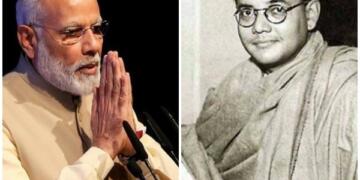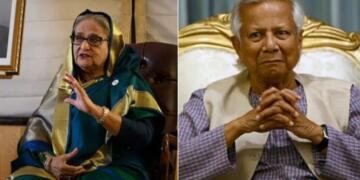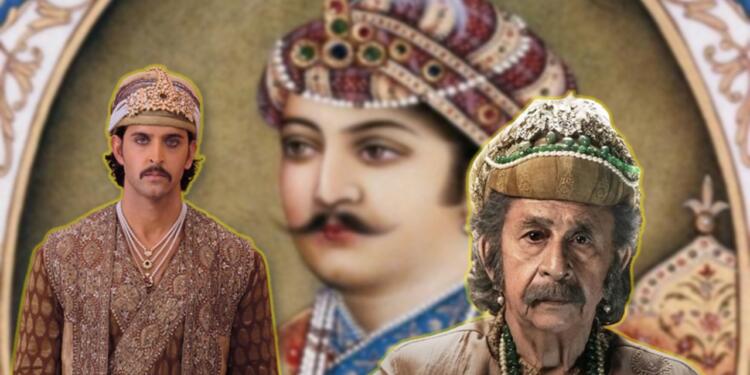Taj Mahal, one among the seven wonders of the world is touted as the topmost thing that represent India in the minds of foreigners. It is presented as the epitome of Love, one that was built by the sweat and blood of countless labourers, metaphorically and literally. One monument was built on the orders of Mughal loverboy Shahjahan in memory of her deceased wife, Mumtaz Mahal. Parallel to this lovely gesture in memory of his deceased wife, Shahjahan married again with a relative of Mumtaz Mahal.
Further, this lovely gift, Taj Mahal, was one of a kind and had to be one of a kind to showcase the depth of his love for Mumtaz Mahal. Consequently, the Mughal ruler had to take the heartbreaking decision of chopping the hands of 22,000 labourers or even more. Isn’t it ironic that a bloodsoaked building turned into the epitome of love? It is now a popular tourist attraction for foreigners and new couples.
Hrithik and Akbar lie on the extreme opposite end of beauty
Similar to this perversion of truth and the meaning of the pious word love, cinema carved another falsehood. Thanks to Mughal glorifying cinema like Mughal-e-Azam and Jodha Akbar, Akbar was presented as a charming, liberal, open-minded, secular, and non-Hindu hater.
Hrithik Roshan’s performance in the role of Akbar further escalated the falsehood. However, by mistake, the Hindi entertainment industry has corrected this grave blunder. The recently released Zee 5 series, Taj, includes Naseeruddin Shah playing the role of Akbar.
Also read: 100 years of Hindustan Republican Association: A Journey of Courage and Conviction
Bollywood star Hrithik Roshan is one of those rare individuals who does make up to look bad. He has been regularly hailed as the most handsome man in the world. Contrary to that, born in Umarkot, Sindh, Akbar hailed from Mongolian genes as his ancestors had Mongol and Turkic roots. It’s hard to believe he was Indian, let alone Hrithik Roshan’s doppelganger. The Mughals’ harem culture was notorious for spreading STDs, and their lack of sanitation only worsened the problem, leaving them looking sickly most of the time. And as if that weren’t enough, he even had unsightly warts on his face. Not just in appearance, Akbar was, in reality, more like Naseeruddin Shah.
He got the throne by luck, as Hindu Emperor Hemu Vikramaditya was shot by a random soldier when his army was dominating the battle field. This random arrow pierced his eye which created a panic and chaos in Hemu’s army. Furthermore, all the battle victories were ensured by Bairam Khan, and in all the early battles, young Akbar was protected in the four walls far away from the battlefield.
Support TFI:
Support us to strengthen the ‘Right’ ideology of cultural nationalism by purchasing the best quality garments from TFI-STORE.COM































